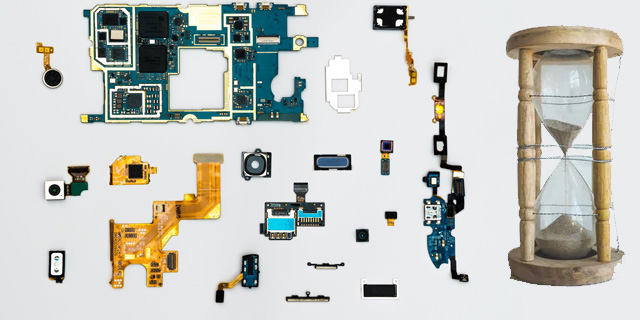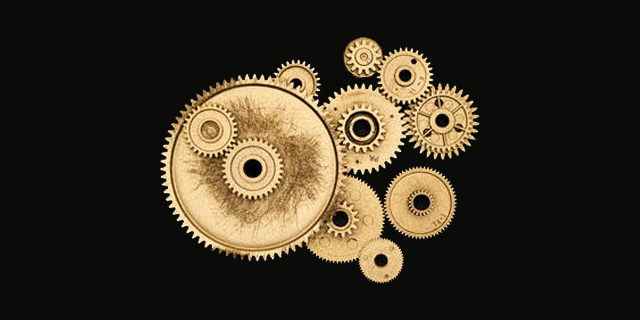
Tips to Help You Reduce Complete Prototype Services Costs and Lead Time
Complete prototype services are, for sure, relatively costly. It takes a series of validation stages before a high-fidelity prototype can be mass-produced.
With the tremendous upgrades in tools, materials, and methods used to create prototypes, engineers and designers have continuously changed their ways of creating hardware prototypes through the decades. These developments substantially affect costing and the length of time used to produce prototypes into realistic proofs of concept.
However, there are ways to efficiently complete prototype services by organizing workflow and considering practical design tips.
Opt for In-House Prototyping
For businesses involved in prototyping, choosing between service bureaus and in-house engineers to produce their products is vital. Expense circumstances, competencies, and layout often don’t undeviatingly transpose.
Reaching a decision is not always straightforward. For most companies, in-house prototyping tools and outsourced larger equipment and parts requiring non-standard materials are promising approaches. Prototyping with 3D printers can be quite different from other traditional tools service providers offer.
Determine Suitable Technology and Machinery
Understanding your needs will help you determine the perfect technology and machinery required to assemble your products. For basic concept designs, speed is an essential condition. Some prototypes may require materials and technologies designed for complex features and high-quality exterior finish.
Consider Post-Processing Automation
In most cases, post-processing is disregarded. It is essential to keep in mind that post-processing CAD designs are conceivably time-consuming for complete prototype services. Even though some technologies do not ultimately need much post-processing, 3D-printed elements require some level of post-processing. You can automate some aspects of post-processing to reduce costs and labor time potentially.
Prepare Large Parts Assembly from Multiple Prints
Performing 3D printing of large parts is quite costly. It requires companies to outsource equipment for these types of projects as they need substantial industrial printers.
Models incorporate different building segments; hence dividing a model into parts is a fitting solution to create large objects. You can also include more features in the designs for production arrangements.
Prefer Optimizing Designs
3D printers offer an extraordinary freedom level in design; however, optimizing parts ensures the effective printing of high-quality components for complete prototype services. When designing a piece for printing, eliminating support structures and adjusting layer heights can go a long way to decrease the use of excess materials and shorten post-processing and printing time.
Most printers can produce fully compact parts by default. Nonetheless, when not printing functional parts that require a particular depth, hollowing out huge and massive designs can be an excellent method to conserve a substantial amount of supplies and printing time.
Manage Time Efficiently
Optimize your print schedule and manage your time efficiently by printing 24 hours a day, seven days a week. To accomplish this, you need to organize multiple parts in batches into one build, print small, shorter runs during the day, and use various printers to distribute the workload. You can also use digital tools to receive alerts and to manage multiple printers remotely.
Whether it is for a big corporation or a personal project, doing everything in-house is always a practical way to save time and money. Following simple tips can help you lower the costs of your next project and potentially create more.

